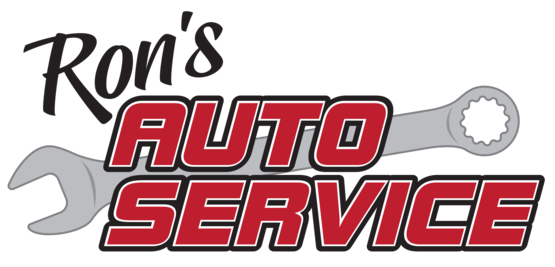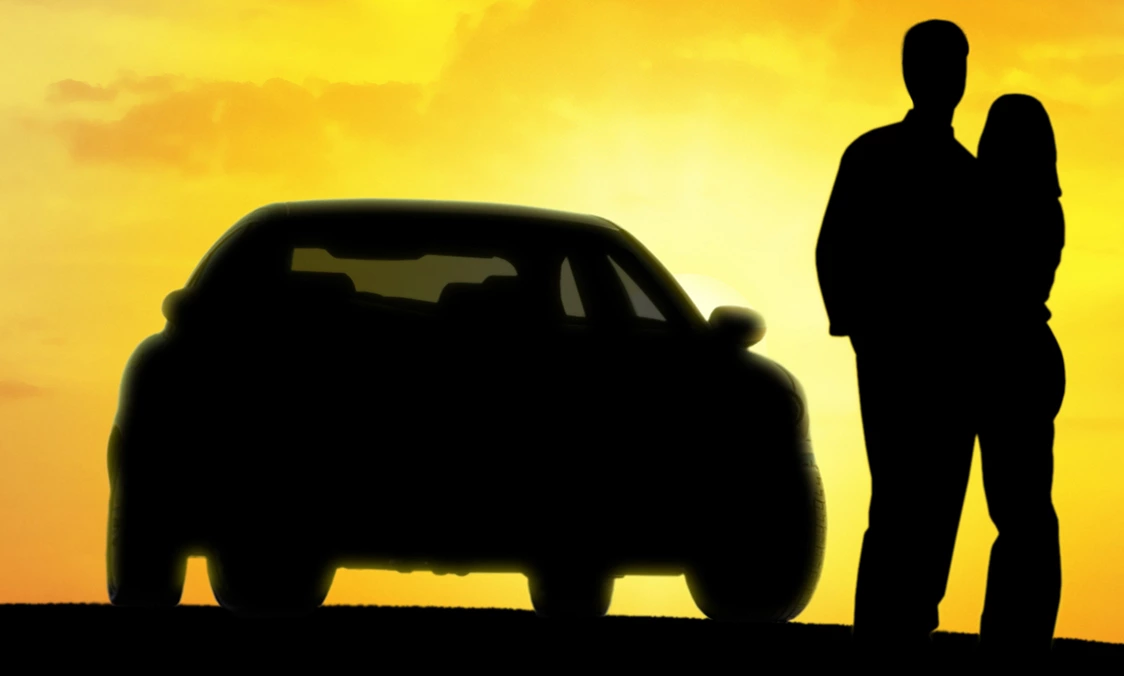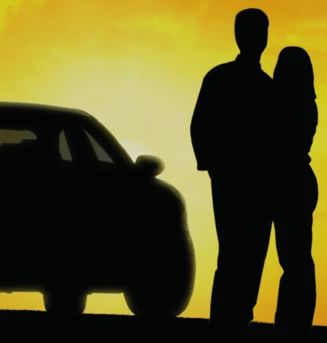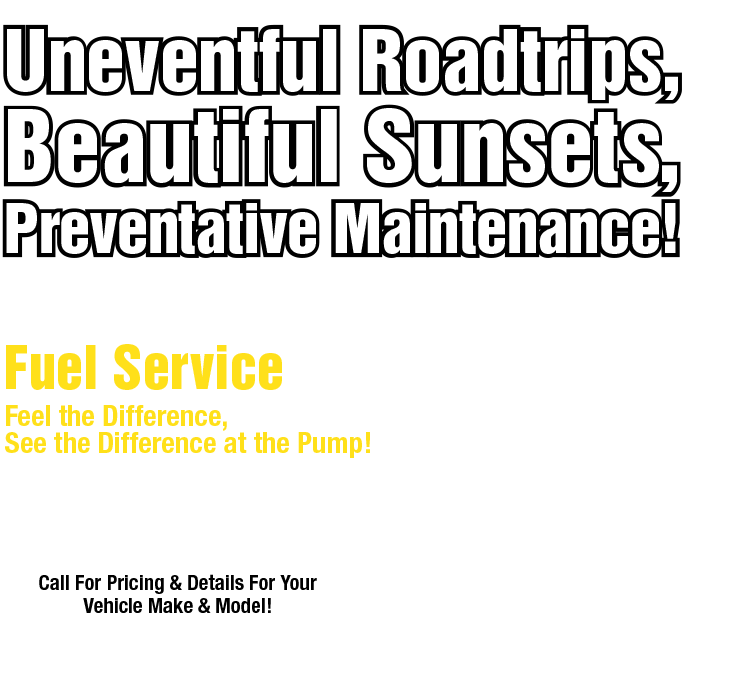Out of Joint (CV Joint and Boot Replacement)
October 6, 2024
If you have a front-wheel-drive vehicle, it has components called CV joints which enable you to turn your wheels smoothly. The CV stands for “constant velocity.” In essence, it’s a set of gears that connect a shaft that allows power from the transmission to be sent to the wheels. When you turn the wheels, no matter what angle, the input velocity rotation will be equal to the output. Thus, the name, CV (constant velocity) joint. Other vehicles with 4-wheel drive and all-wheel drive also use CV joints.
If one of your CV joints isn’t working right, you may find your vehicle difficult to handle. If one breaks, your vehicle may stop moving. So, it’s important that CV joints be in top working condition. The joints need a lot of lubrication, so they are surrounded by grease. There’s a rubber enclosure around them called the boot which holds the grease in and protects CV joints from the elements.
The biggest problems come when one of those rubber boots cracks. Water and dirt can then get into the joint, causing it to wear down and lose all its vital lubrication. It’s important to have your CV joints inspected regularly so a technician can spot cracks before the CV joints are ruined. Sometimes just the boot can be replaced before any major damage is done. But when the joint does go bad, it must be replaced.
Signs your CV joint needs changing out? You might hear a clicking sound when you turn if the CV joint is worn out. You might notice some thick, black grease around your wheel or on the pavement where you park your vehicle. You might also feel your vehicle vibrate when you’re going fast.
If you suspect you might have a bad CV joint, bring your vehicle in so a technician can determine what’s going on. Keep your CV joints in good shape and reduce the risk of them seizing up at an inopportune time so you can avoid being stranded.
Ron's Auto Service
1517 SE 25th Ln
Cape Coral, FL 33904
2398290873
Need Service?
More articles from Ron's Auto Service

If the Shoe Fits (Brake Shoe Replacement [Rear])
December 14, 2025
When it comes to brakes on your vehicle, we all know how important it is to keep them working well because they are vital safety equipment. After all, if you cant slow down and stop, you cant drive safely. While many vehicles use what are called disc brakes, theres another type of brakes that ... More

Cabin Air Filter and Engine Air Filter: What?s the Difference?
December 7, 2025
You may have heard someone say they just got the air filter replaced in their vehicle. But did you know your vehicle has two different major air filters and they both perform quite differentbut very importantduties? Todays vehicles have a cabin air filter, and an engine air filter. The engine a... More

H20 No! (Driving Through Standing Water)
November 30, 2025
In a year marked by unusually heavy flooding in North America, drivers are very aware of the possibility they may find themselves driving where water has come over the road. It can be a daunting and frightening situation. Flooding waters can move quickly and unpredictably, so you have to keep y... More








